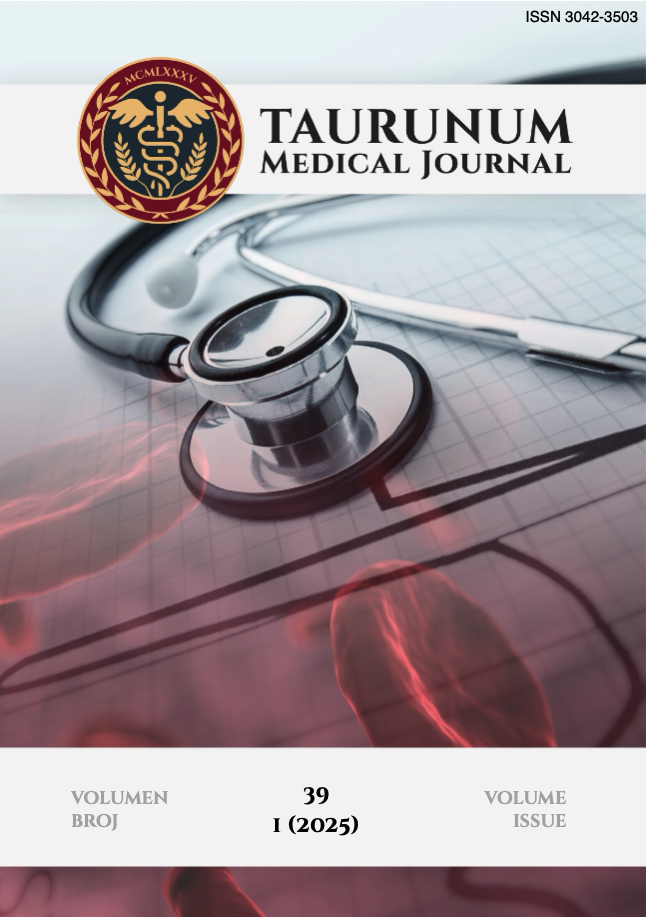Current issue

Volume 39, Issue 1, 2025
Online ISSN: 3042-3511
ISSN: 3042-3503
Volume 39 , Issue 1, (2025)
Published: 31.03.2025.
Open Access
Welcome to Issue 39, No. 1 – the first of our two annual publications for this year. Inside, you'll find a curated selection of articles. Start your year with the essential knowledge and perspectives offered in this timely edition
All issues
Contents
01.12.2010.
Review Article
Screening for congenital heart disease in high-risk population: Indications for fetal echocardiography
Prenatal diagnosis of congenital heart disease is crucial to optimal obstetric and neonatal care. In utero identification of heart anomalies allows a variety of treatment options to be considered, including delivery at an appropriate facility, termination of pregnancy, and in some cases in utero therapy. Specific indications and risks have been classified and patients considered at high risk have been offered detailed fetal echocardiography, commonly at a center with appropriate expertise and facilities. However, most children are born to mothers who have no known risk features during pregnancy. Screening in the low-risk population has been reported to have lower accuracy rates then in high-risk population. The most common indication for performing a fetal echocardiogram is a prior family history of congenital heart disease. A number of drugs have been implicated as causes of various malformations, including heart anomalies. Therefore, their use during pregnancy is considered as indication for echocardiography. Several maternal conditions also carry an inherited risk to the fetus and their presence is also indication for this diagnostic procedure. The incidence of congenital heart disease is increased fivefold among infants of diabetic mothers, whereas phenylketonuria has reported risk of 12 to 16%. Chromosomal anomalies, extracardiac malformations and monozigotic twins are also indications for fetal echocardiography.
Biljana Arsic, Milan Perovic, Eliana Garalejic, Aleksandra Simic



